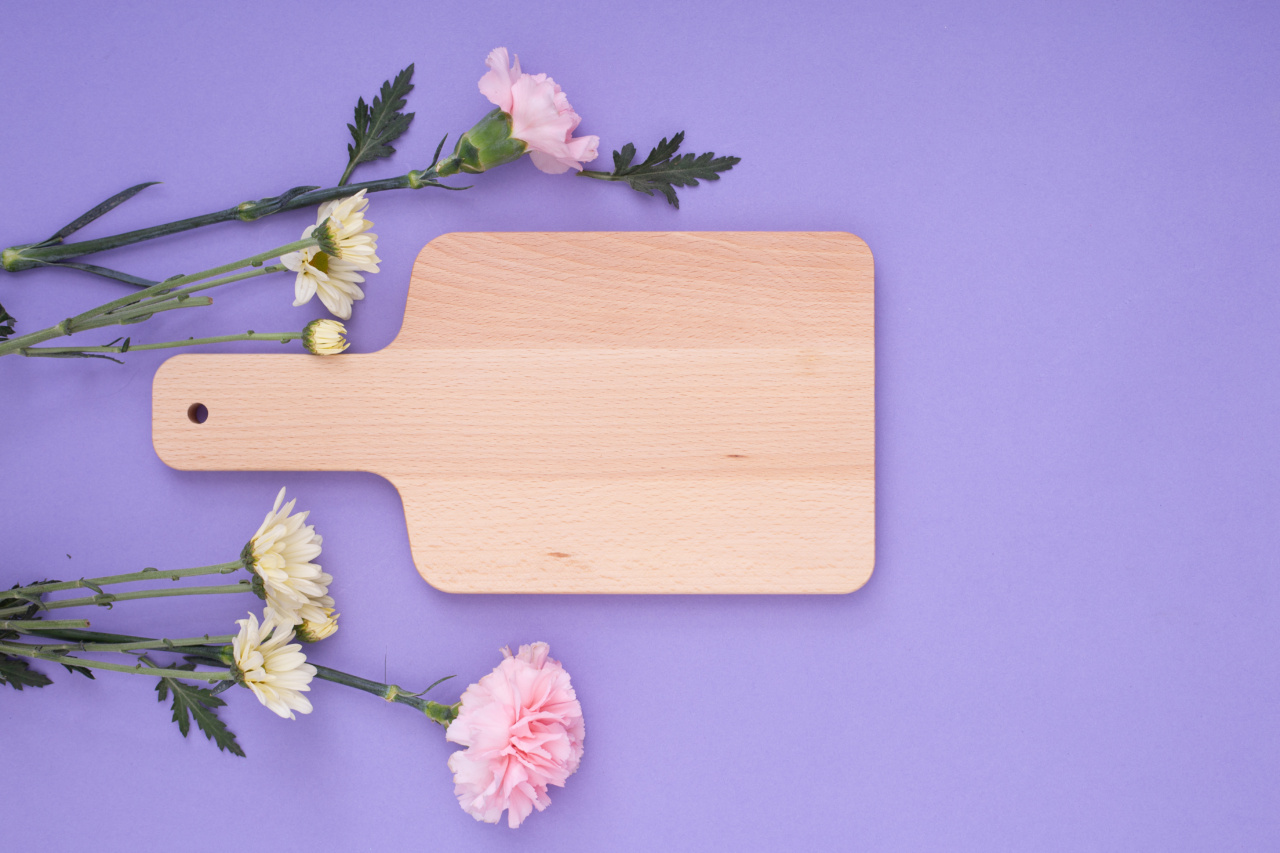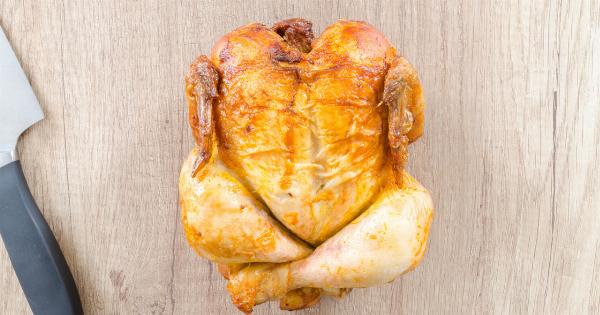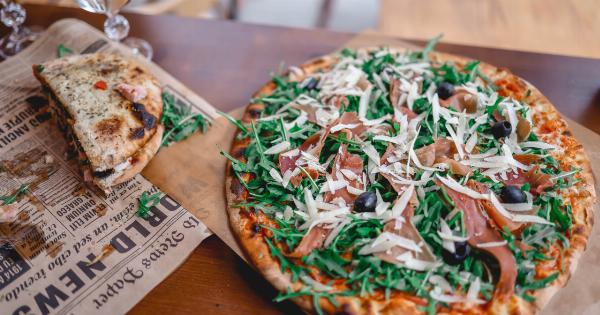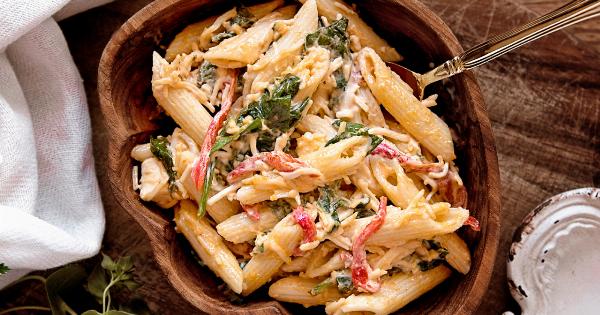Diabetes is a condition that affects millions of people worldwide. It occurs when your blood sugar levels become too high, either because your body is not producing enough insulin or because your cells have become resistant to insulin.
Proper nutrition is key for managing diabetes, which means that what you eat, when you eat it, and how you prepare it, are all important considerations. In this article, we will share with you some tips on how to cook right for diabetes.
1. Choose the Right Carbohydrates
Carbohydrates provide energy for your body, but not all carbohydrates are created equal. Simple carbs found in foods like candy, soda, and white bread raise your blood sugar quickly and should be limited or avoided.
Complex carbs found in vegetables, fruits, whole grains, and legumes are better choices because they provide nutrients, fiber, and energy over a longer period of time. Make sure that your meals are balanced and that you choose a variety of carbohydrates.
2. Don’t Skip Meals
Skipping meals can lead to low blood sugar levels, which can be dangerous for people with diabetes. Plan your meals and snacks ahead of time to avoid skipping a meal.
If you’re on-the-go, choose healthy snacks such as nuts, vegetables, or fruit to keep your blood sugar levels stable.
3. Watch Portion Sizes
Portion control is key for managing diabetes. Eating too much can cause your blood sugar levels to spike, while eating too little can cause them to drop too low. Use a food scale or measuring cups to make sure you’re eating the right amount.
A good rule of thumb is to make half your plate non-starchy vegetables, one-quarter lean protein, and one-quarter whole grains or starchy vegetables.
4. Use Healthy Cooking Methods
The way you prepare your food can impact your blood sugar levels. Avoid deep frying or pan-frying foods, which can increase their fat content and cause your blood sugar levels to rise. Instead, try baking, roasting, steaming, or grilling your food.
These methods are healthier and can help to reduce the amount of added fat in your diet.
5. Use Herbs and Spices to Add Flavor
Many people with diabetes avoid adding flavor to their food for fear of raising their blood sugar levels. However, using herbs and spices can add flavor to your meals without adding extra calories or sugar.
Try using fresh herbs, garlic, ginger, and other spices to add flavor to your food.
6. Avoid Processed Foods
Processed foods can contain added sugar, salt, and saturated fat, which can all contribute to high blood sugar levels and other health problems. Choose fresh, whole foods instead of processed foods whenever possible.
If you do choose processed foods, make sure to read the nutrition labels and choose ones that are low in added sugar, salt, and fat.
7. Cook at Home
Cooking at home gives you more control over what you eat. You can choose fresh, whole ingredients and prepare your food in a healthy way. This also allows you to avoid unhealthy restaurant meals, which can be loaded with calories, sugar, and fat.
8. Make Healthy Substitutions
Many recipes can be adapted to make them healthier for people with diabetes. Use low-fat dairy products, lean proteins, and whole-grain flours in your recipes.
You can also try using sugar substitutes or reducing the amount of sugar called for in a recipe. Experiment with healthy substitutions to find out what works best for you.
9. Get Creative with Vegetables
Vegetables are an important part of a healthy diet for people with diabetes. Try experimenting with different vegetable combinations to find what you like best.
You can also try spiralizing vegetables like zucchini or sweet potatoes to use in place of pasta or noodles. Vegetables are also a great source of fiber, which can help to keep your blood sugar levels stable.
10. Limit Your Sodium Intake
Sodium can cause your blood pressure to rise, which can increase your risk for heart disease and other health problems. Avoid adding salt to your food, and try using other seasonings like herbs and spices.
Choose low-sodium foods whenever possible, and read nutrition labels to check for sodium content.





























